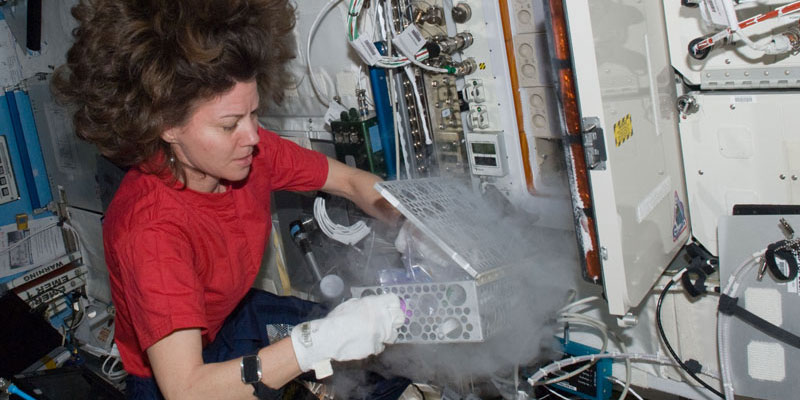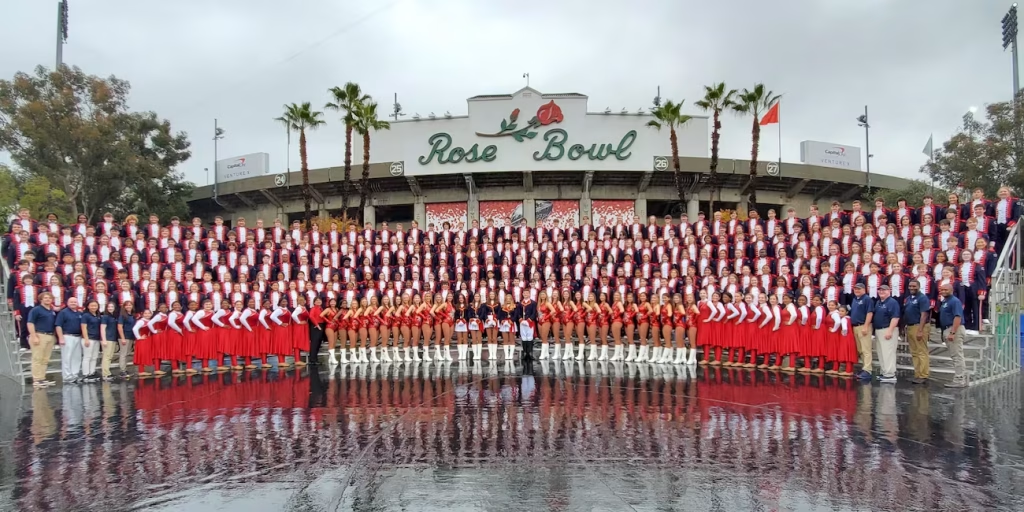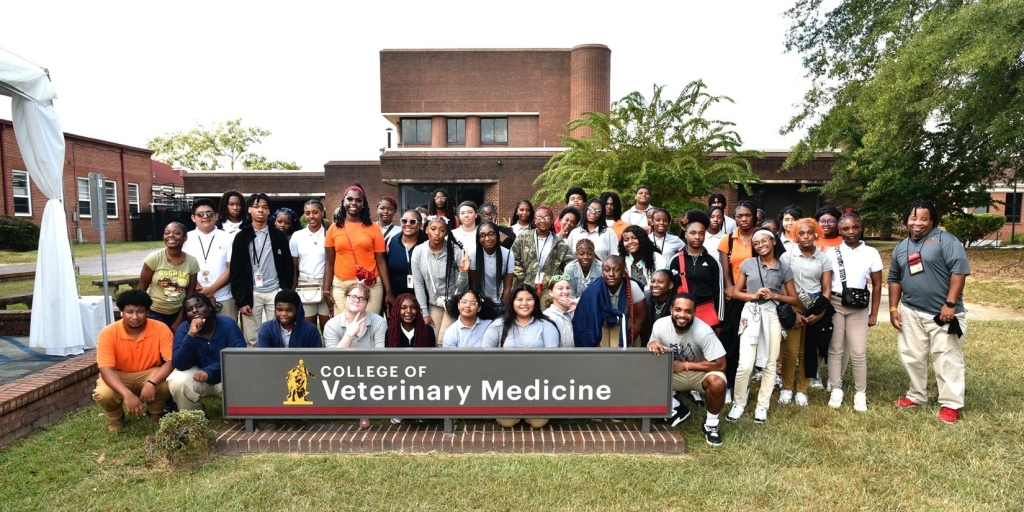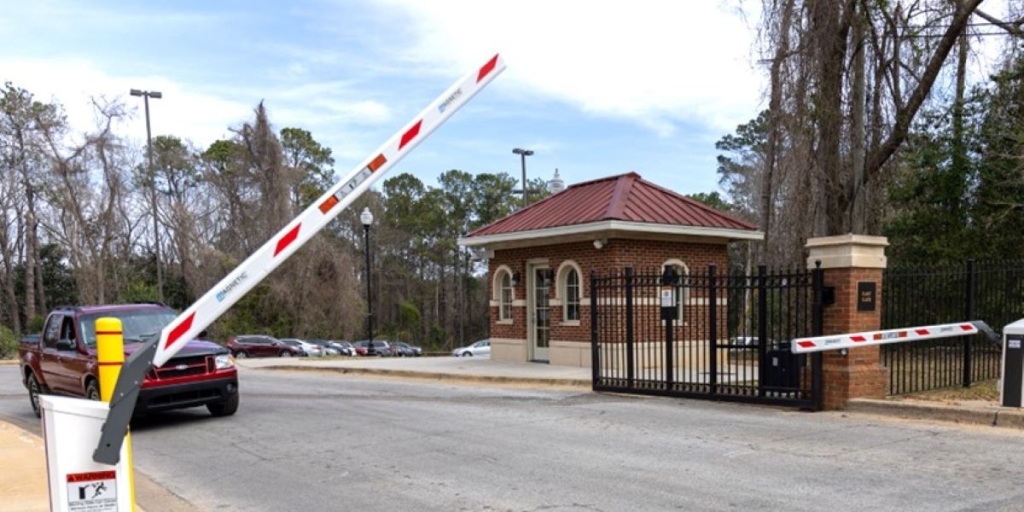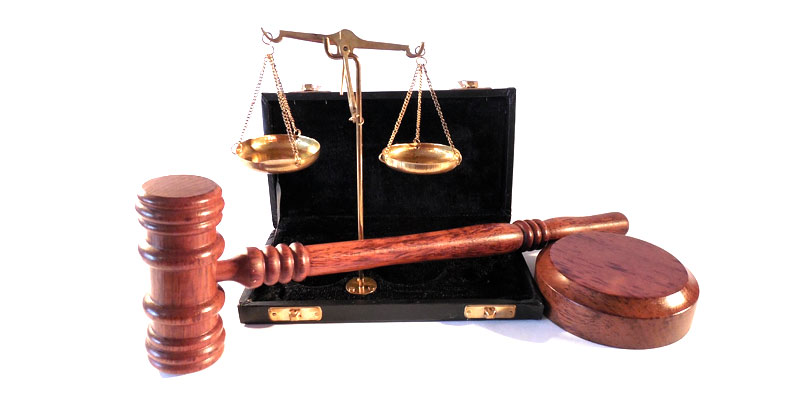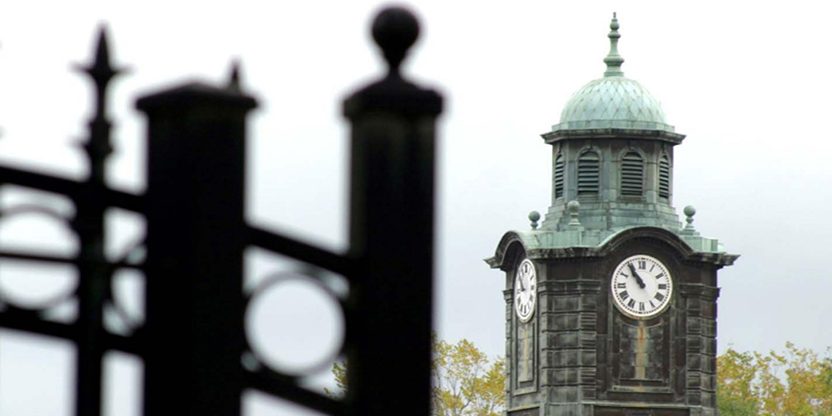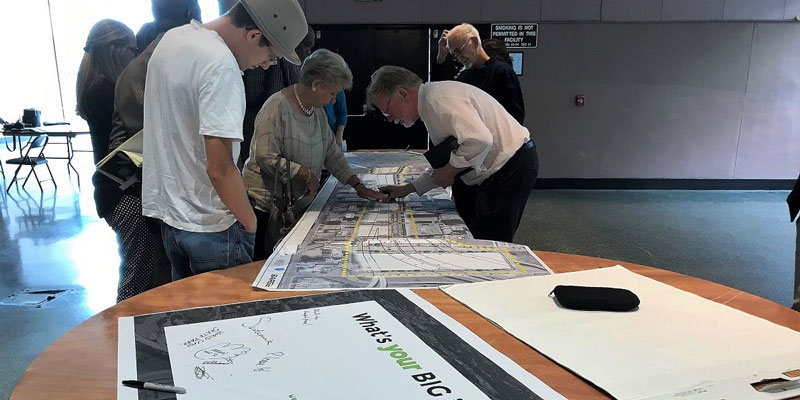Universities across Alabama are helping to shape the future of the global aerospace industry.
From complex research projects to intensive training for future pilots and engineers, these institutions are making a significant impact on the journey to conquer skies and space.
As global aerospace industry leaders gather at the 2018 Farnborough International Airshow, it’s time to take a look at five interesting projects happening inside labs and classrooms across the state:
‘MARSBEES’
An assistant engineering professor at the University of Alabama in Huntsville recently received a 2018 NASA Innovative Advanced Concepts (NIAC) Award for his proposal involving robotic bumble-bee-sized flapping-winged fliers to aid in the exploration of Mars.
Dr. Chang-kwon Kang is collaborating on the project with other researchers at UAH, as well as those from George Washington University and the Tokyo University of Science. The proposal features the Marsbee, whose large cicada-like wings have the ability to hover in the Martian atmosphere. It’s also equipped with sensors and wireless communication devices.
“Flying on Mars is challenging because of the ultra-low density in the Martian atmosphere. Our preliminary work shows that bio-inspired aerodynamic mechanisms can help in generating sufficient lift to fly on Mars,” Kang said.
“One of our main goals for the first phase is to experimentally demonstrate that these Marsbees can lift off their own weight in Martian density conditions in the vacuum chamber of UAH’s Propulsion Research Center.”
He said the long-term goal is to develop swarms of Marsbees that can help with the human exploration on Mars.
Kang’s proposal was one of only 25 selected to receive an award from the NIAC program, which invests in early-stage technology with the potential to revolutionize future space exploration. It provides up to $125,000 in funding over nine months to award winners, and the concepts that succeed in feasibility testing are eligible for Phase II awards.
RFID TECH RESEARCH
At Auburn University, the new Delta Air Lines Aviation Education Building is expected to open this fall.
The 23,000-square-foot facility, funded with a $6.2 million gift from Delta Air Lines, the Delta Air Lines Foundation and the Jacobson Family Foundation, is the first building designed exclusively for aviation education at Auburn.
It will include more room for growing enrollment and class offerings, as well as state-of-the-art flight simulators, technology-equipped classrooms and faculty offices and workspace.
The gift is also supporting the university’s Radio-Frequency Identification (RFID) lab, where scientists conduct research on how specialized sensor technologies can affect a variety of industries. For aviation in particular, such technology is useful in maintenance and safety history, tracking passenger baggage and making air travel safer and more efficient overall.
Also benefiting from the gift is Emerge, a student leadership program at Auburn that hosts monthly speakers focused on values, vision and teamwork.
Auburn’s Department of Aviation is home to one of the longest-standing public flight programs in the U.S.
“We know firsthand how capable Auburn graduates are and look forward to a future with Auburn in which truly, the sky is the limit,” said Paul Jacobson, Delta’s executive vice president and chief financial officer, trustee with the Delta Air Lines Foundation and chair of the Jacobson Family Foundation.
SPACE STATION FREEZERS
A research group at the University of Alabama at Birmingham designs and builds freezers that play key roles in experiments conducted on the International Space Station.
A multi-year contract between NASA and the UAB Engineering Innovation and Technology Development (EITD) research group was recently doubled, giving the group a $50 million cap on work to provide and maintain these cold-stowage units for the ISS.
The freezers are capable of maintaining temperatures as low as negative 160 degrees Celsius, and each line meets specific cold-stowage demands. They are used to store scientific samples and serve as galley refrigerator/freezers for the ISS crew.
The group also monitors the units from its Remote Operations Command Center on the UAB campus.
EITD is comprised of nearly 40 engineers and technicians and led by Dr. Lee Moradi, a UAB engineering professor.
“These contracts are evidence of the quality of personnel we have in our group,” Moradi said. “Our engineers and technicians have an impeccable reputation that has been built over decades, and we have been able to recruit extremely talented young engineers and software developers, including several top UAB students, both graduate and undergraduate.”
ELECTRIC SPACE SAILS
A University of South Alabama researcher is studying a form of propulsion that would revolutionize deep space missions.
Dr. Carlos Montalvo, an assistant engineering professor, is conducting research on the electric sail, or E-Sail, which has major implications for aerospace.
“The Electric Sail is a relatively new concept of advanced in-space propulsion,” Montalvo said. “This technology has the potential to provide propellant-less propulsion throughout the solar system. An electric sail deploys multiple long (20 km) tethers that are positively charged. The solar wind interacts with the tethers to provide propulsion.”
Based on the E-Sail’s characteristic acceleration, it can reach the heliopause region, the boundary marking the end of the sun’s influence, in 10 years. By comparison, the characteristic acceleration of a solar sail puts it in the heliopause region in 20 years, while chemical rockets take 24 years.
“The only spacecraft to reach the heliopause region is the Voyager 1 and 2 spacecraft, which reached the heliopause region in 36 years,” Montalvo said. “The increase in performance from a solar sail to an E-Sail lies in the growing sheath width of the electric sail, which grows with distance from the sun.”
E-sails provide a new way for small spacecraft to be used for deep space missions.
“This has never been done before. It would pave the way for small secondary payloads to reach uncharted territories of our universe,” Montalvo said.
TRAINING THE FUTURE WORKFORCE
Tuskegee University’s Aerospace Science Engineering Department is focused on sparking an interest in STEM activities among local students, using the power of flight.
Along with the university’s Mathematics Department, Aerospace Science Engineering hosts a weeklong summer camp, “Fly High Your Math and Science Skills,” for Macon County middle school students.
One of the program’s highlights for the students is flying various missions on a flight simulator.
“The simulator is a favorite for students – it provides hands-on experience and allows us to better connect math and science concepts for them,” said Dr. Javed Khan, head of the Aerospace Science Engineering Department.
The activities also teach critical thinking, problem-solving, collaboration and communication skills. In addition, middle school teachers receive science and mathematics education training.
The project is funded by the Innovative Technology Experiences for Students and Teachers (ITEST) program of the National Science Foundation (NSF).
“This is the second year for the program, and it continues to be an outstanding learning opportunity that will greatly benefit teachers and students alike, as well as prepare students for career opportunities in the STEM fields,” Khan added.
(Courtesy of Made in Alabama)




